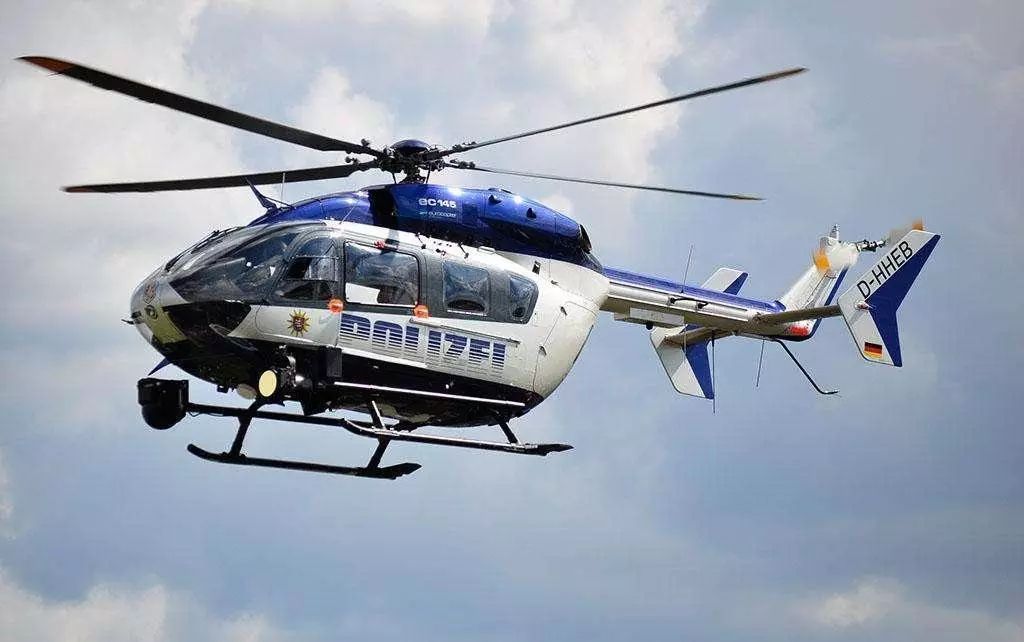What is the current status of small drones?
This article will introduce what is the drone, the market status of small drones
1. First of all, drones are unmanned aircraft, and when it comes to aircraft, we usually divide aircraft into three categories

Baby shark fixed wing VTOL
1) Fixed wing. The Boeing 747 Airbus 380, which usually sits, and the F-16 F-15 and the like are all fixed-wing aircraft. The advantages of fixed-wing aircraft are the longest battery life, the highest flight efficiency and the largest load among the three types of aircraft. The disadvantage is that they must run up when taking off and must taxi when landing.
 2) Helicopter. The characteristic is that one or two main rotors provide lift. If there is only one main rotor, there must be a small tail to counteract the spin force generated by the main rotor. The advantage of the helicopter is that it can take off and land vertically, the disadvantage is that the maintenance cost is high.
2) Helicopter. The characteristic is that one or two main rotors provide lift. If there is only one main rotor, there must be a small tail to counteract the spin force generated by the main rotor. The advantage of the helicopter is that it can take off and land vertically, the disadvantage is that the maintenance cost is high.

FDLY-100 multi-rotor
3) Multi-rotor. A helicopter with four or more rotors can also take off and land vertically. The four-rotor is specifically called quadrotor. The multi-rotor mechanical structure is very simple, and the power system only needs the motor to directly paddle. The advantage of the multi-rotor is that the machine is simple and can take off and land vertically. The disadvantage is that the battery life is the shortest and the load is the smallest.
The above mentioned the differences between the three aircraft shapes and endurance time. Here are some more theoretical differences.
First of all, the fixed wing is a self-stabilizing system. Simply put, after the fixed wing flies to the sky and boosts the engine to work stably, the fixed wing can resist the interference of the airflow and maintain stability without any control. In addition, for aircraft attitude control, the fixed wing is a complete drive system, meaning that it can be adjusted to any attitude in any attitude and maintain this attitude
Secondly, the helicopter small drone is an unstable system. If no control is applied after flying into the sky, a gust of wind will turn it over. But fortunately, the helicopter is also a complete drive system, you can freely adjust the attitude. This is because the propeller surface of the helicopter can not only generate upward thrust relative to the fuselage, but also downward thrust relative to the fuselage. Moreover, the helicopter has no stall problem, and can adjust its attitude at any time, and can move freely like a walk in the sky. Therefore, although the helicopter is unstable and difficult to control well, when the attitude is turned, it can be completely controlled to return to the normal attitude.
Finally, the multi-rotor is not an unstable system, nor a complete drive system (or underdrive system). Its propeller can only produce upward lift relative to the fuselage. Therefore, it is unstable and difficult to control. After the aircraft is turned over, there is basically no way to control it and it crashes.
2. Because the above aircraft has the difference between stable and unstable as a system, and complete and incomplete driving, the fixed wing and helicopter are relatively difficult to control; the multi-rotor is relatively difficult to control, and it is best to have an automatic controller to control The attitude of the aircraft. For automatic controllers, fixed-wing automatic controllers are better, but helicopter and multi-rotor automatic controllers are more difficult to do. What makes things even more difficult is that the automatic controller of the aircraft usually needs the inertial navigation system to obtain its own attitude,


